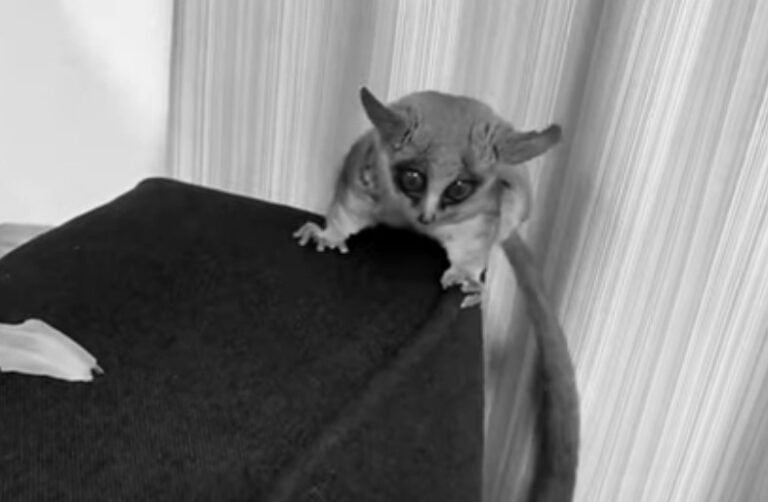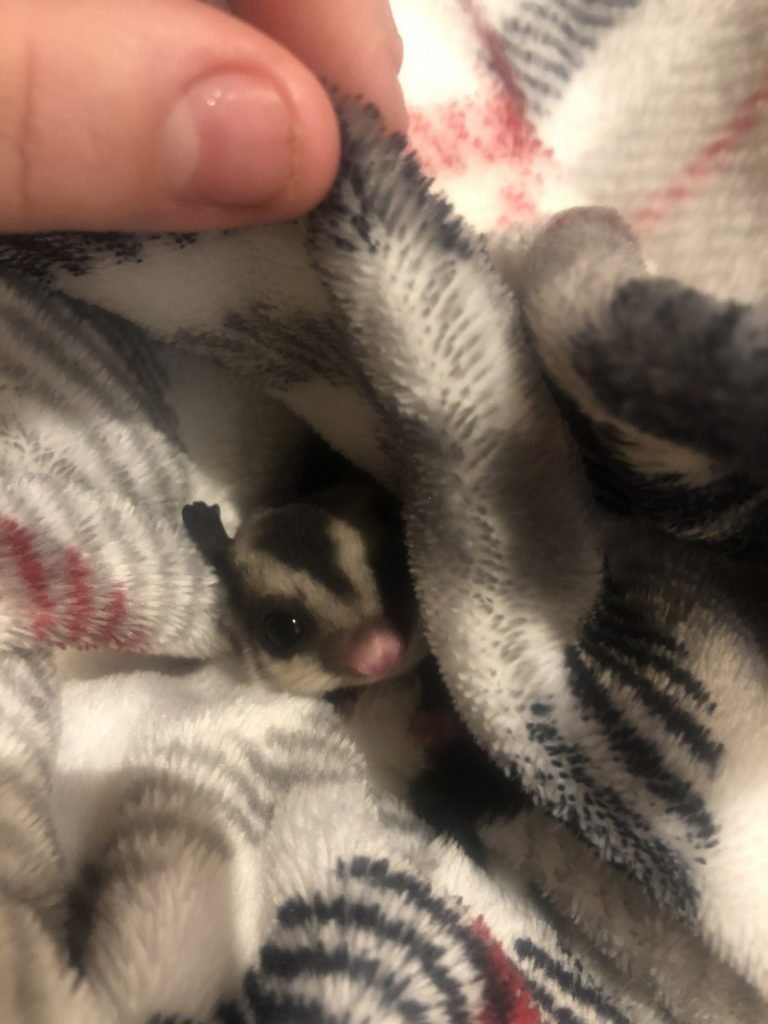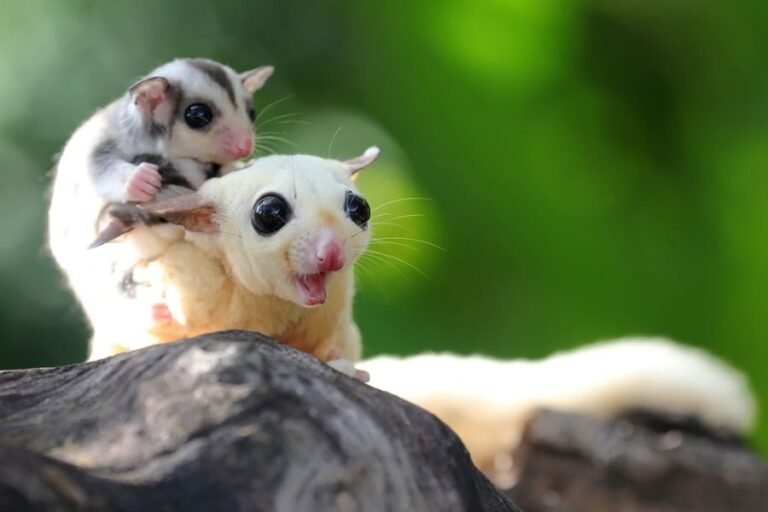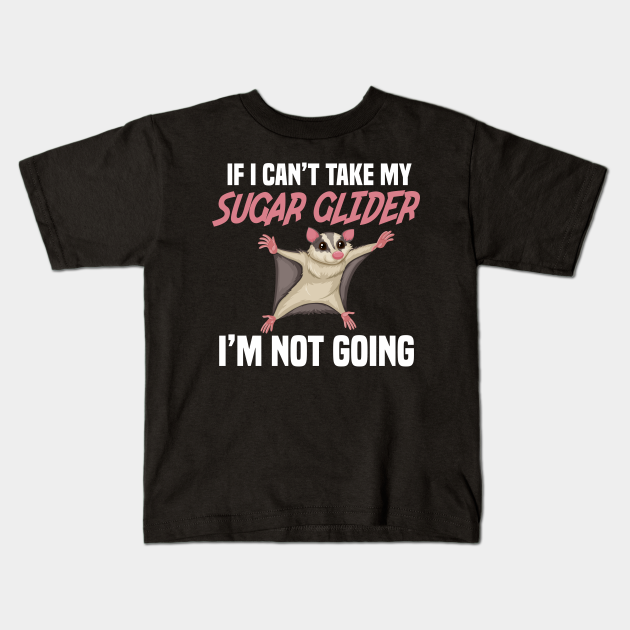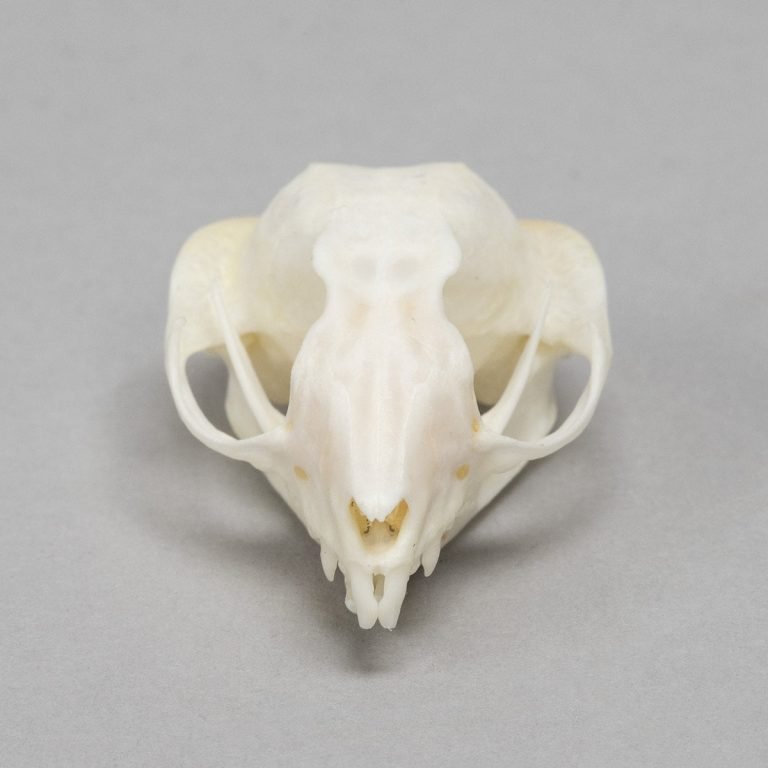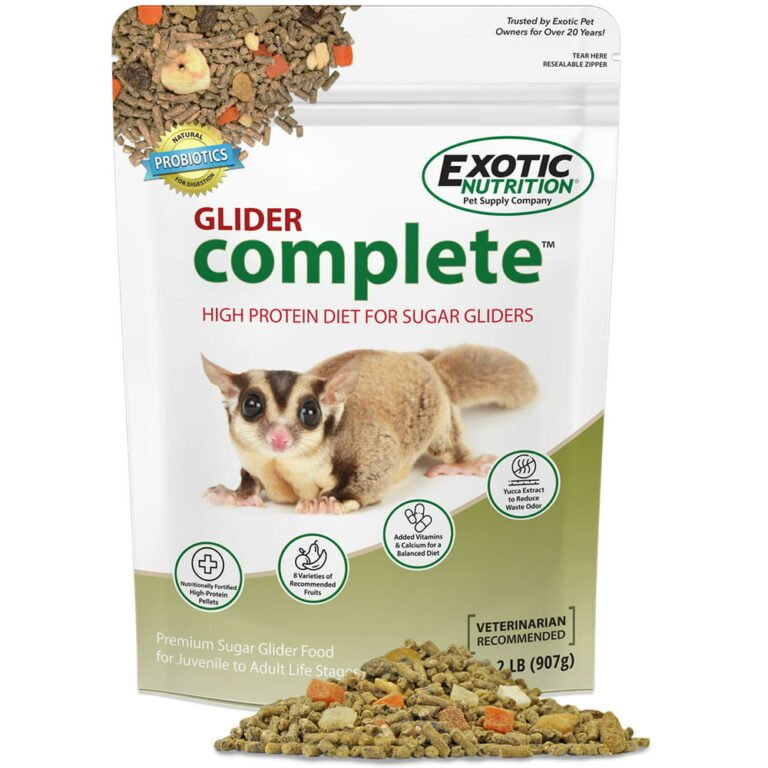Can You Compost Sugar Glider Waste
Can You Compost Sugar Glider Waste?
When it comes to composting, many people are eager to find out what can and cannot be added to their compost pile. If you’re a sugar glider owner, you may wonder if their waste can be composted. The good news is, yes, you can compost sugar glider waste! However, there are a few factors to consider to ensure successful composting and to keep your compost pile safe and healthy. In this article, we’ll explore the ins and outs of composting sugar glider waste and provide you with some valuable tips to get started.
Understanding Sugar Glider Waste
Before jumping into the specifics of composting sugar glider waste, it’s essential to understand what their waste consists of. Sugar gliders produce two main types of waste: urine and feces. Their urine is typically clear and odorless, while their feces are small, dark, and pellet-like. The waste may also contain undigested food particles such as fruit skins and seeds.
The Benefits of Composting Sugar Glider Waste
Composting sugar glider waste has several benefits. Firstly, it helps divert waste from landfills, reducing overall waste generation and its impact on the environment. Additionally, composting creates nutrient-rich soil that can be used to enrich gardens and potted plants. By composting sugar glider waste, you’re completing the natural cycle of decomposition and returning valuable nutrients back into the earth.
Composting Sugar Glider Waste: Do’s and Don’ts
While you can compost sugar glider waste, it’s crucial to follow some guidelines to ensure a successful composting process. Here are some do’s and don’ts when composting sugar glider waste:

Do’s
1. Mix the waste with other compostable materials: To maintain a healthy compost pile, it’s important to mix sugar glider waste with other organic materials such as leaves, grass clippings, and kitchen scraps. This helps balance the carbon-to-nitrogen ratio and promotes decomposition.
2. Use a compost bin or pile: To contain the composting process and prevent potential odor issues, it’s best to use a compost bin or pile. This allows for proper aeration and temperature control.
3. Monitor moisture levels: Sugar glider waste is relatively high in moisture content. To prevent your compost pile from becoming too wet, add dry materials like straw or shredded paper to absorb excess moisture.
4. Turn the compost regularly: Turning the compost every few weeks helps mix the materials, introduce oxygen, and speed up decomposition. This is especially important when composting sugar glider waste, as it may take longer to break down compared to other organic materials.
Don’t
1. Add pet waste: While sugar glider waste can be composted, it’s generally not recommended to add pet waste from other animals like dogs or cats. These waste materials may contain pathogens or parasites that can survive the composting process and pose a risk to human health.
2. Compost dirty or soiled bedding: While sugar glider waste itself can be composted, it’s best to avoid composting bedding material that may contain urine or feces. Dirty or soiled bedding can introduce excess moisture and unfavorable odors to the compost pile.
Frequently Asked Questions
1.Can I use compost made from sugar glider waste on my plants?
Yes, you can use compost made from sugar glider waste on your plants. However, it’s essential to ensure the composting process is complete and the resulting compost is fully decomposed before using it on your plants. This helps eliminate any potential pathogens or parasites that may have been present in the original waste.
2.How long does it take for sugar glider waste to break down in compost?
Sugar glider waste may take a bit longer to break down in compost compared to other organic materials. Depending on factors such as temperature, moisture levels, and the size of the waste particles, it may take anywhere from a few months to a year or more for sugar glider waste to fully decompose.
3.Can sugar glider waste attract pests to my compost pile?
While sugar glider waste itself may not attract pests to your compost pile, it’s important to ensure proper composting practices to avoid any potential issues. Avoid adding food scraps or other materials that may attract pests, and regularly turn and monitor your compost pile to discourage pest activity.
Final Thoughts
Composting sugar glider waste is a great way to reduce waste, create nutrient-rich soil, and contribute to a more sustainable lifestyle. By following the do’s and don’ts of composting sugar glider waste and implementing proper composting practices, you can enjoy the benefits of composting while providing a safe and healthy environment for your sugar gliders. So go ahead and start composting that sugar glider waste – your garden will thank you!


